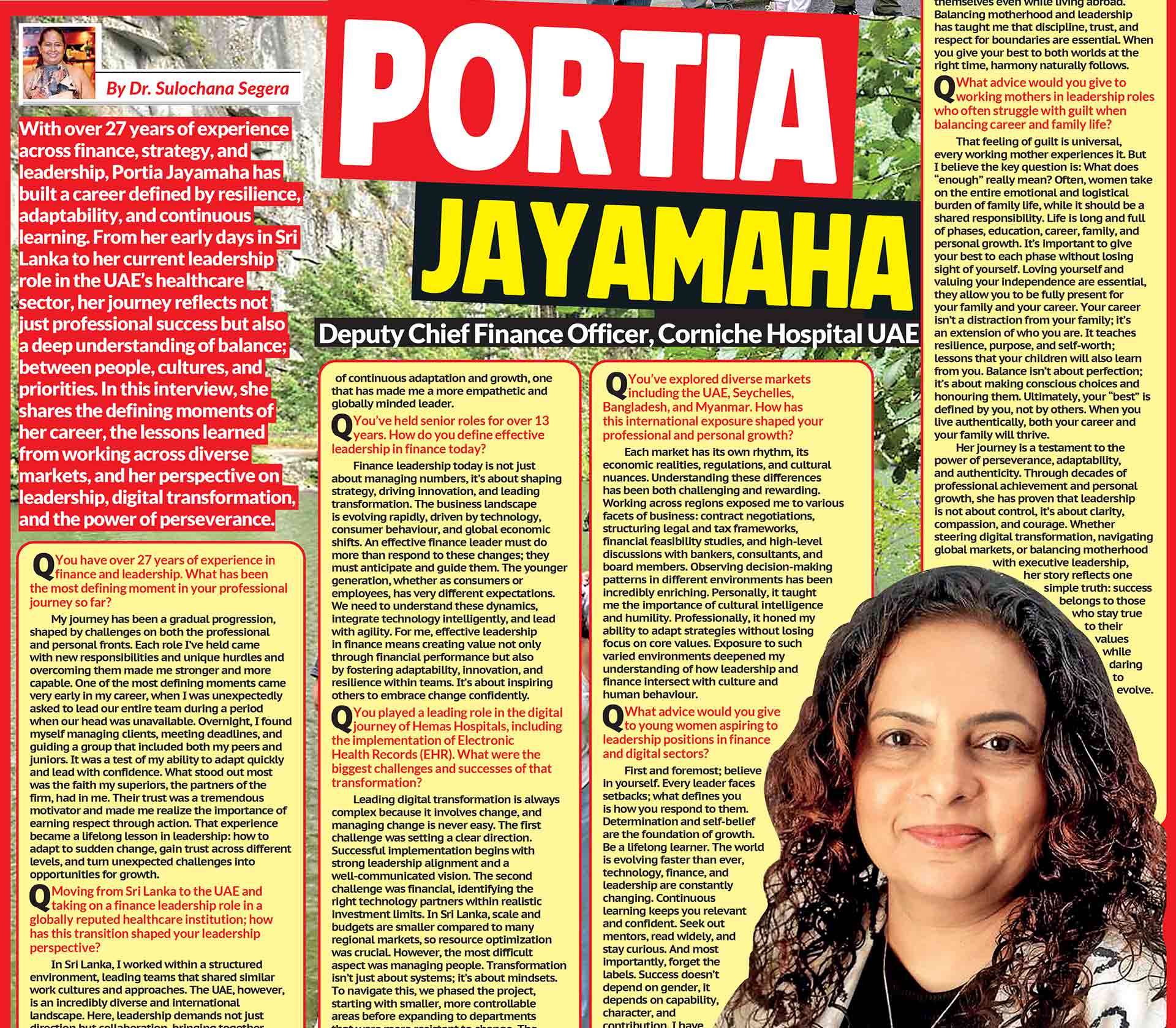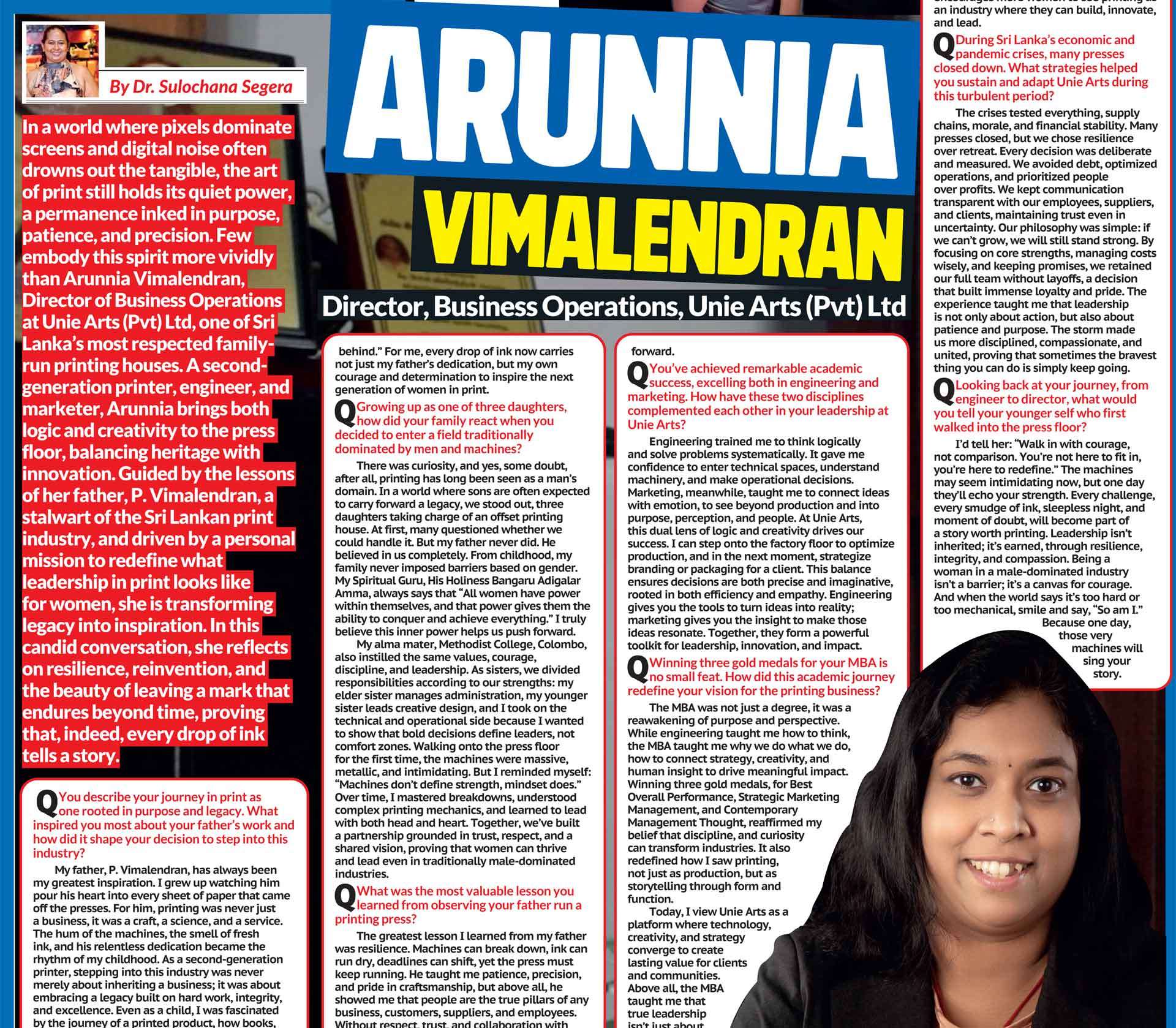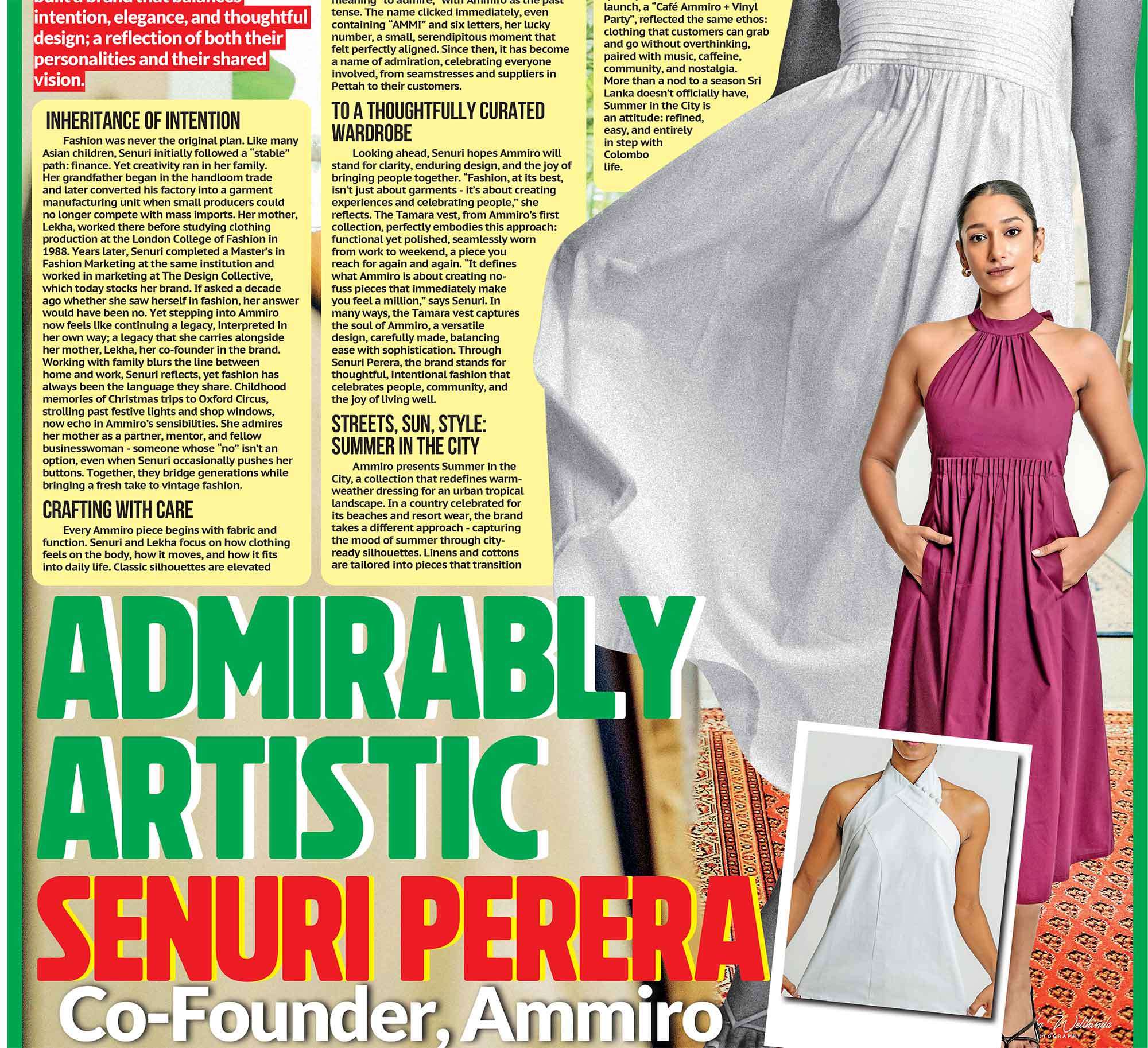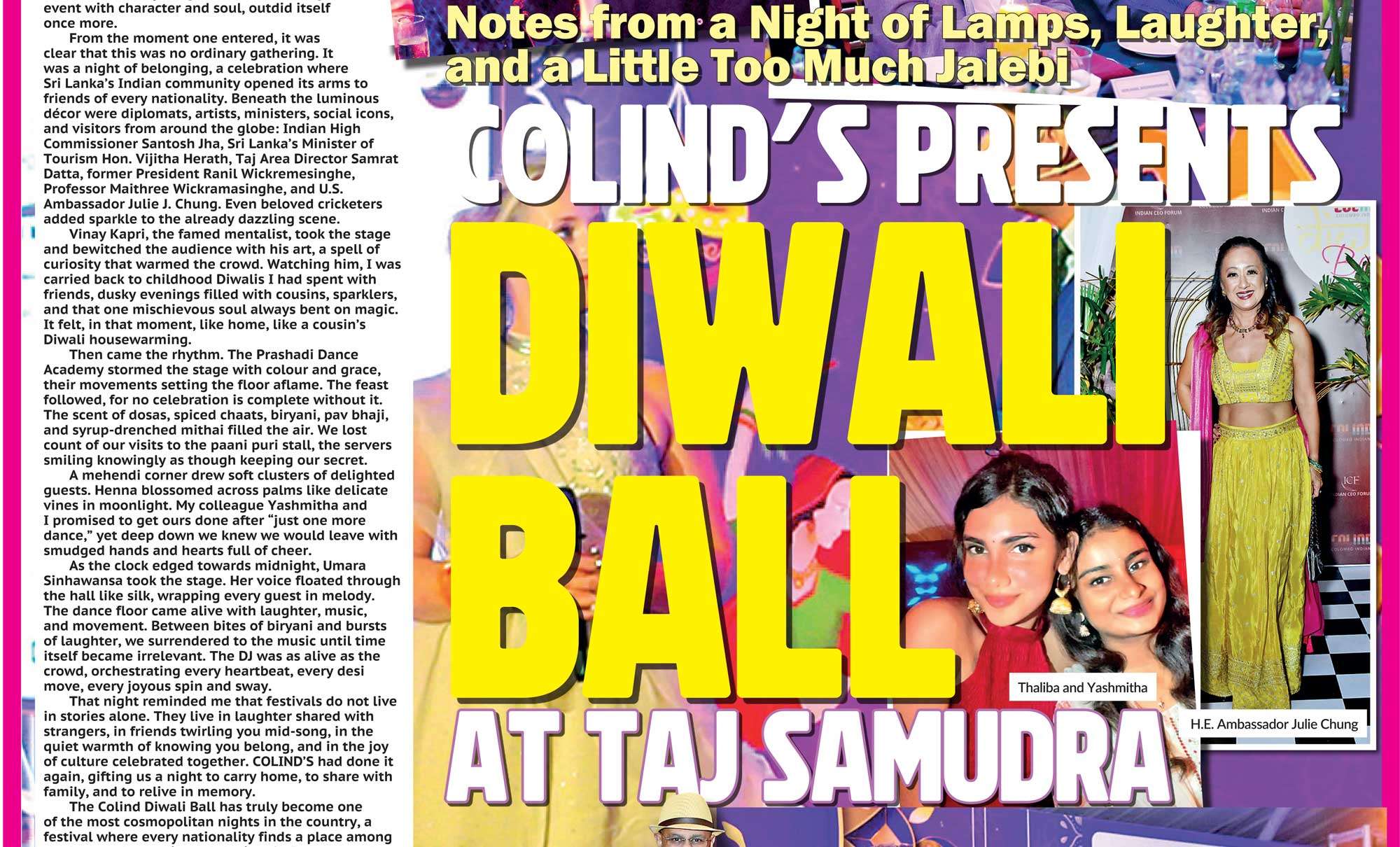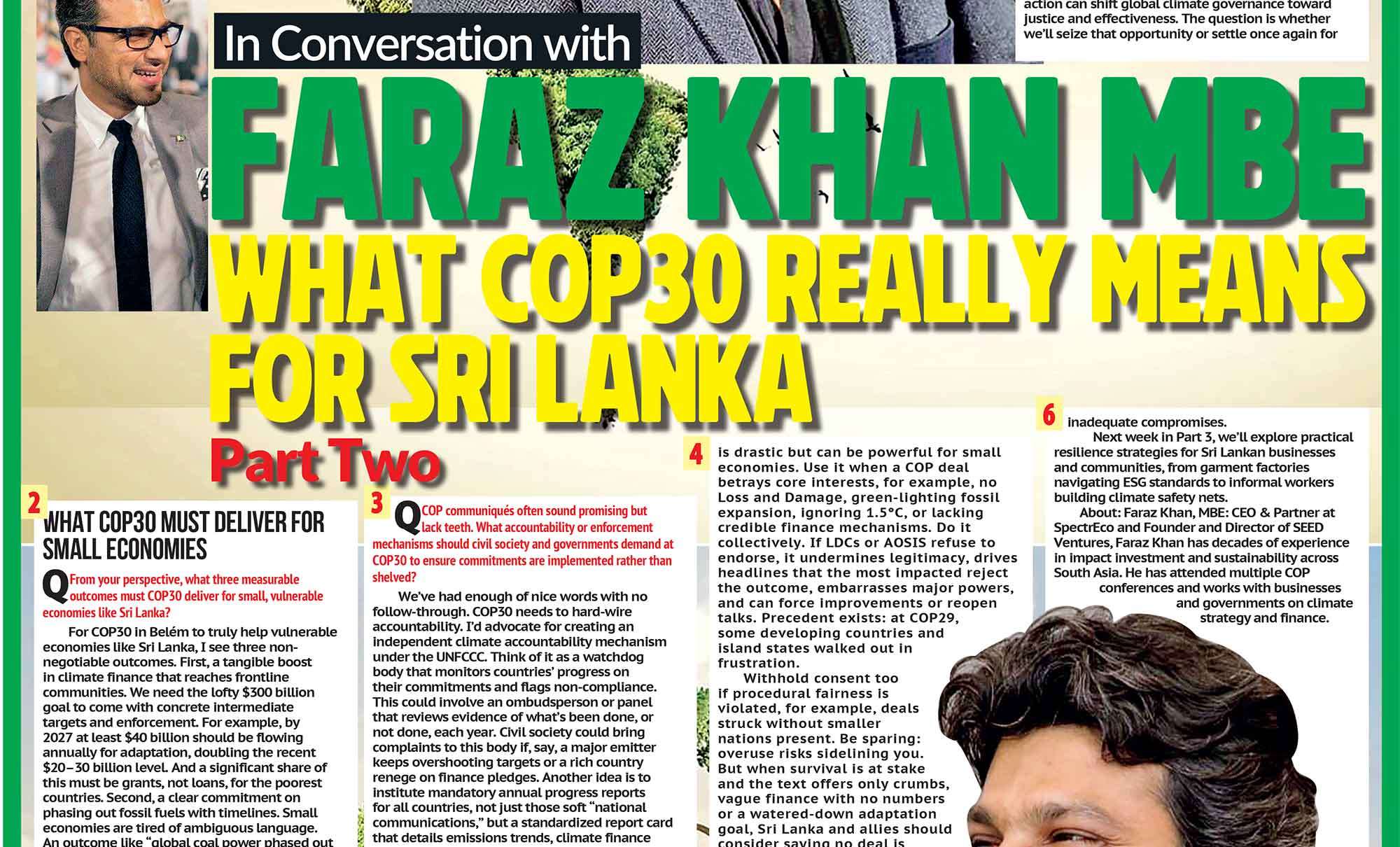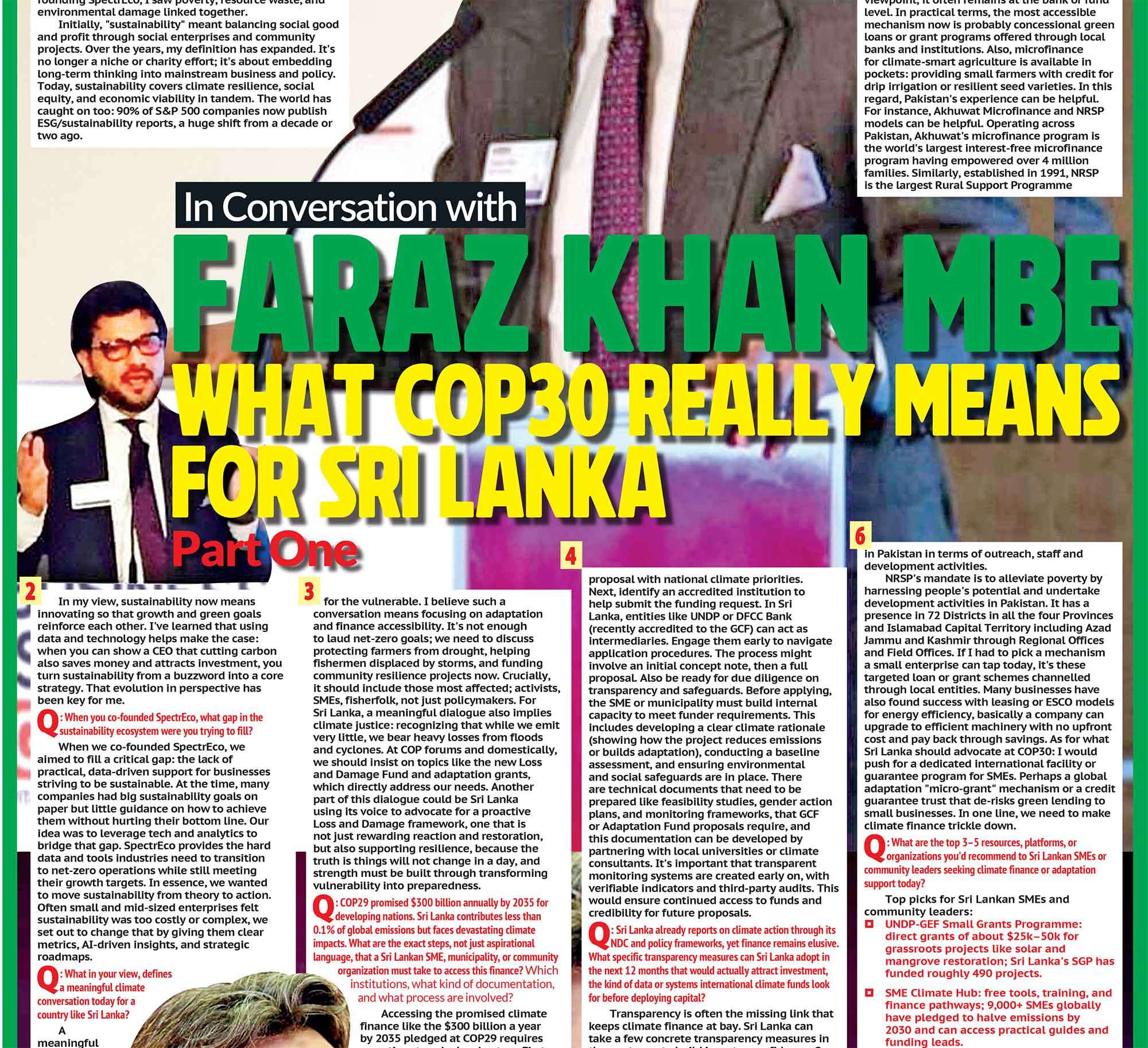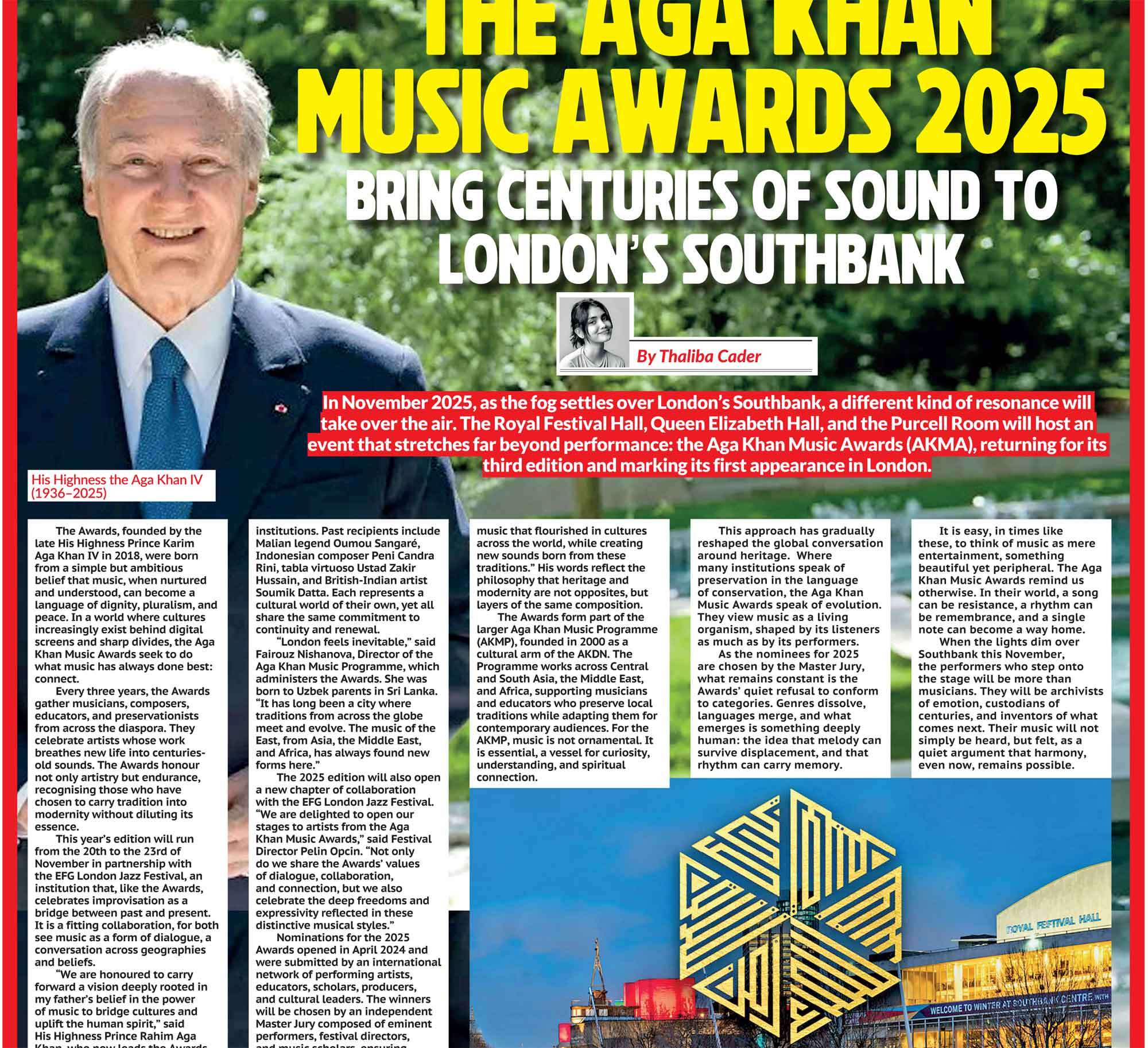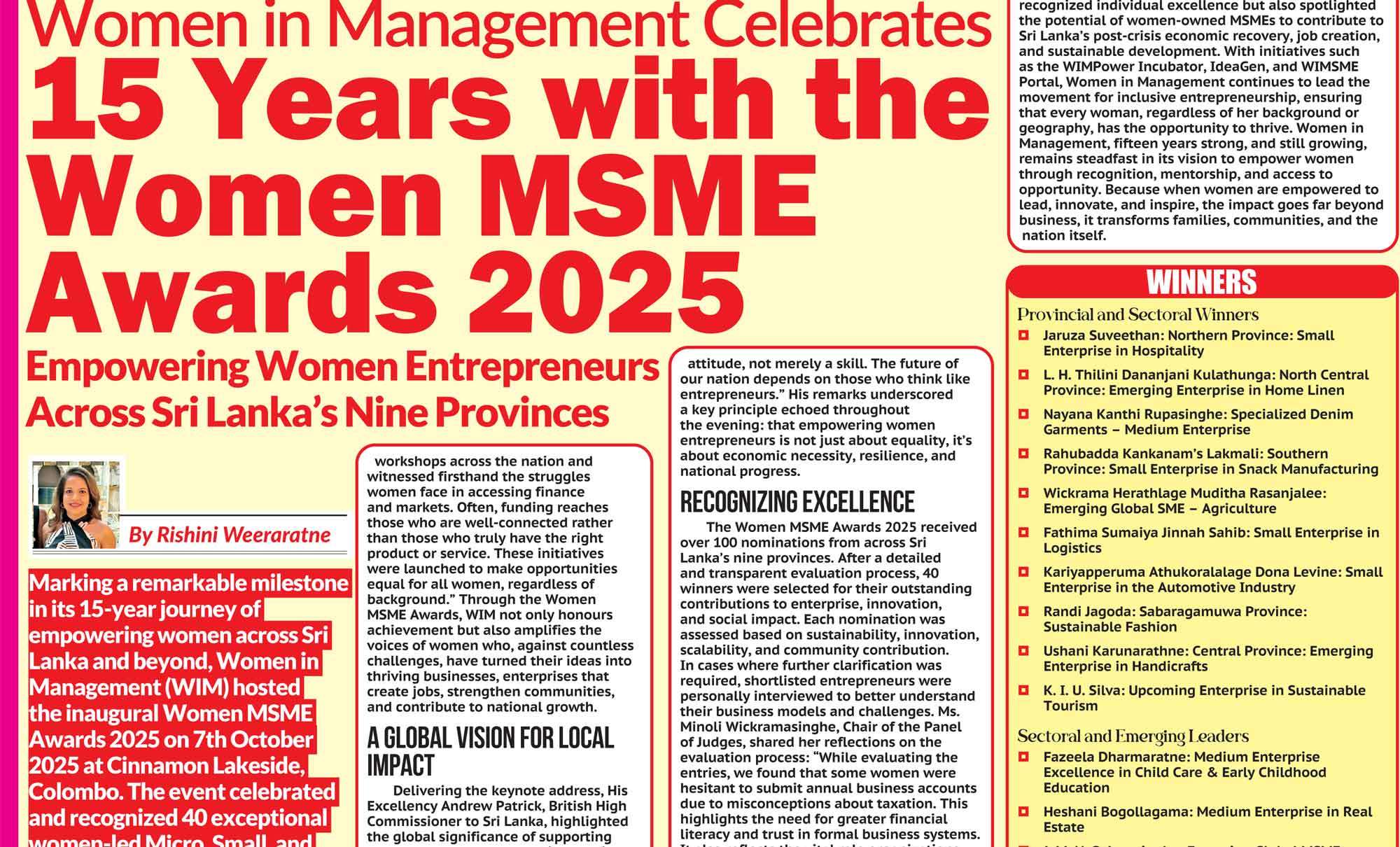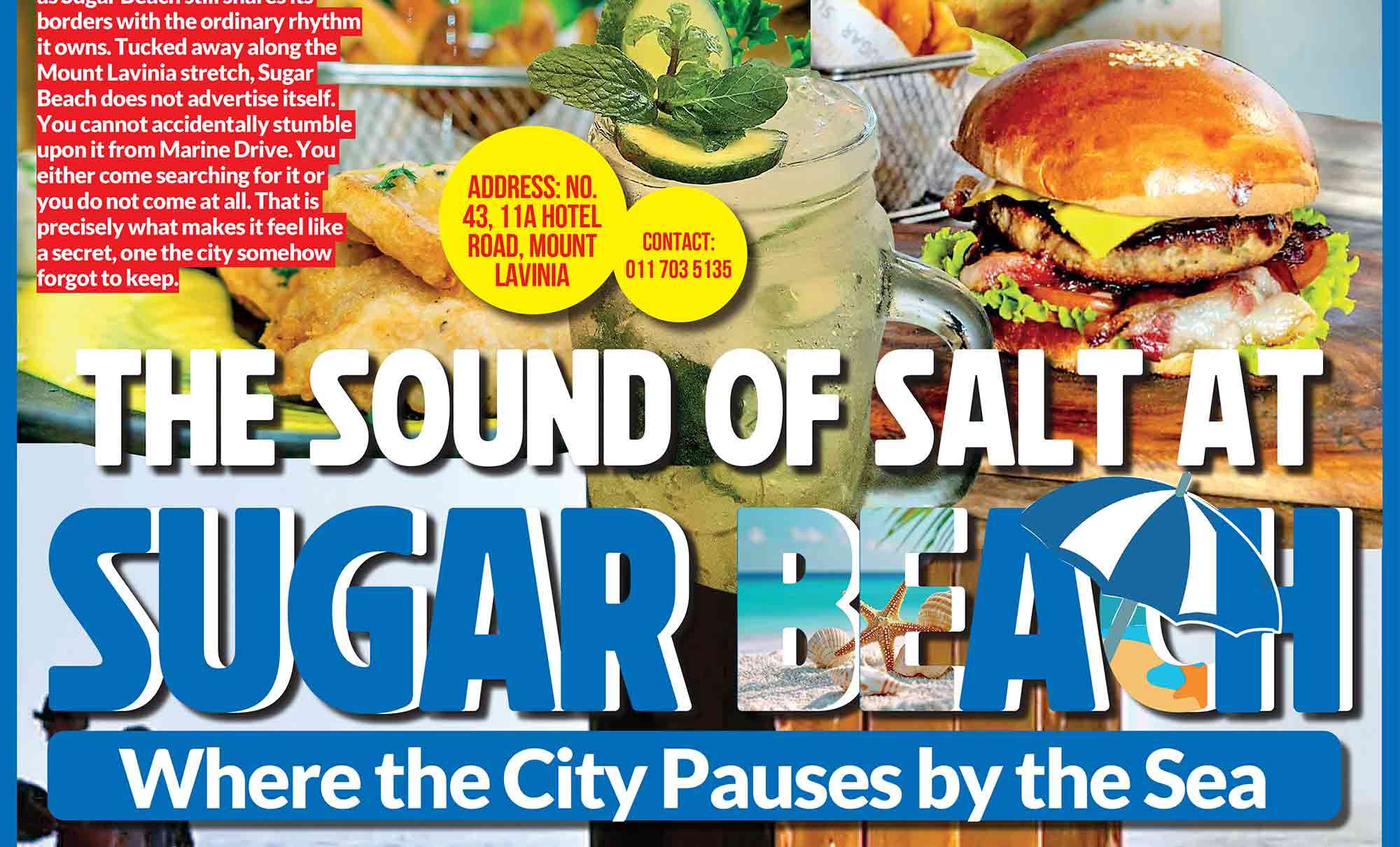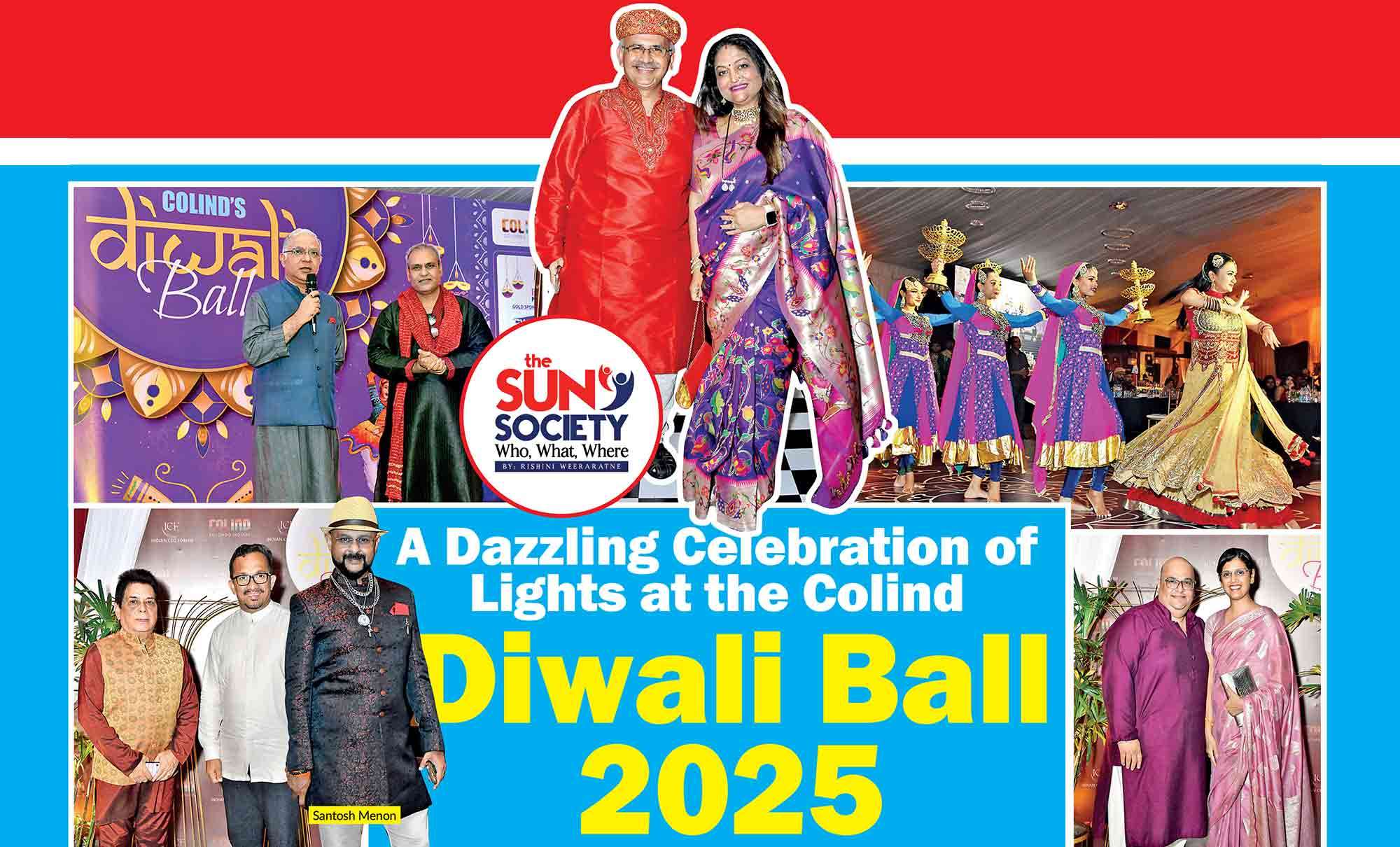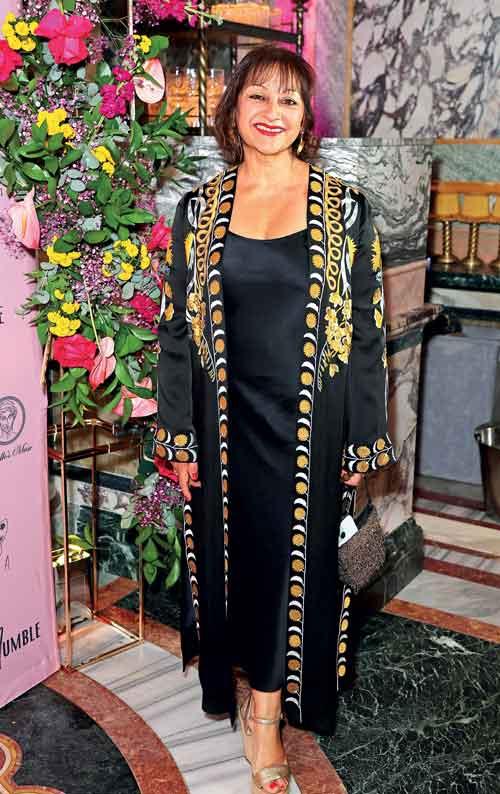
When Anshu Bahanda, Daily Mirror columnist and founder of Wellness Curated, introduced me to Selma Day over lunch at the effortlessly chic Maison Estelle in Mayfair, I wasn’t quite sure what to expect. As the Editor-in-Chief of Mayfair Times, Selma is something of a local institution, her name synonymous with one of London’s most exclusive and cultured neighbourhoods. But what struck me immediately was how warm, insightful, and grounded she was. Over glasses of sparkling water, and beautifully plated mains, we connected on everything from storytelling and publishing to community and change. I soon realised I wasn’t just speaking to an editor; I was speaking to a woman who has spent nearly two decades shaping a magazine that both reflects and refines Mayfair itself. In this conversation, Selma takes us through her extraordinary journey, her editorial ethos, and the deeply personal motivations that fuel her work.
Q: Could you tell us a bit about your journey to becoming the editor of Mayfair Times?
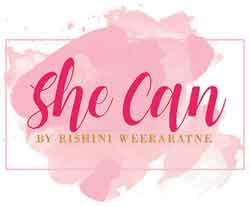 I decided at a very early age that I wanted to be a journalist. I’ve always been fascinated by current affairs. We had a close family friend, the late Peter Sissons, who was a broadcaster and a huge inspiration to me. After university, I took a fairly traditional path; journalism training, followed by editorial and sub-editing roles across a range of business-to-business magazines. But life, as it often does, took a slightly winding route. I spent several years raising my two children, all while working as a freelance sub-editor to contribute to the family income. Then, at the age of 42, everything changed. In 2005, my husband’s company, Publishing Business, took over what was then a rather traditional local broadsheet called Mayfair Times. I stepped in as editor, and that decision shaped the next two decades of my professional life. From the outset, I felt strongly that Mayfair Times needed to evolve. I pushed hard for a transformation, from newspaper to glossy magazine, and from traditional coverage to something more aspirational and inclusive. Mayfair itself was changing, and I wanted the publication to reflect the neighbourhood’s new energy and diversity.
I decided at a very early age that I wanted to be a journalist. I’ve always been fascinated by current affairs. We had a close family friend, the late Peter Sissons, who was a broadcaster and a huge inspiration to me. After university, I took a fairly traditional path; journalism training, followed by editorial and sub-editing roles across a range of business-to-business magazines. But life, as it often does, took a slightly winding route. I spent several years raising my two children, all while working as a freelance sub-editor to contribute to the family income. Then, at the age of 42, everything changed. In 2005, my husband’s company, Publishing Business, took over what was then a rather traditional local broadsheet called Mayfair Times. I stepped in as editor, and that decision shaped the next two decades of my professional life. From the outset, I felt strongly that Mayfair Times needed to evolve. I pushed hard for a transformation, from newspaper to glossy magazine, and from traditional coverage to something more aspirational and inclusive. Mayfair itself was changing, and I wanted the publication to reflect the neighbourhood’s new energy and diversity.
Q: What have been some of the biggest challenges you’ve faced in the publishing industry?
There have been a few, to say the least! One of the biggest ongoing challenges has been the rise, and sheer dominance, of digital media. We’re all constantly bombarded with information from every direction, and audiences today consume content differently than they did even five years ago. But in some ways, that has reinforced the value of good journalism. People still appreciate curated, relevant content, especially in a world that’s increasingly noisy. We’ve had to evolve digitally. Our readers are global citizens, many of them split their time between homes in different countries, so when they’re not in Mayfair, they still want to stay connected. That’s why we’ve developed our website, launched a newsletter, and expanded our social media presence. Then, of course, there was the pandemic. That was a brutal time for the entire publishing world. Budgets were slashed, offices were shuttered, and the hospitality sector, so core to our readership; was brought to its knees. But we adapted quickly. We shifted our distribution more toward residential areas on the periphery of Mayfair, created new initiatives, and supported local businesses.
For example, we helped promote restaurants offering home delivery and supported advertisers in redirecting their messaging to residents rather than tourists. Ironically, some of our advertisers actually increased their spend during this period because they recognised that their audience was still here, just not in the usual places.
One of the biggest ongoing challenges has been the rise, and sheer dominance, of digital media. We’re all constantly bombarded with information from every direction, and audiences today consume content differently than they did even five years ago.
Q: How has Mayfair Times evolved under your editorship?
Aside from the obvious shift from broadsheet to glossy magazine and the digital expansion, we’ve placed huge emphasis on building community through events. We launched the Mayfair Times Community Awards over a decade ago to celebrate individuals and organisations making a difference locally. In 2018, we added the Mayfair Times Literary Festival to our calendar, which has been an amazing way to highlight the area’s cultural legacy. We also hold seasonal events throughout the year, one that’s particularly close to my heart is our annual Diwali celebration, which coincides with our special Indian edition. It’s a wonderful way to honour the contribution of the Indian community, not just to Mayfair, but to London as a whole.
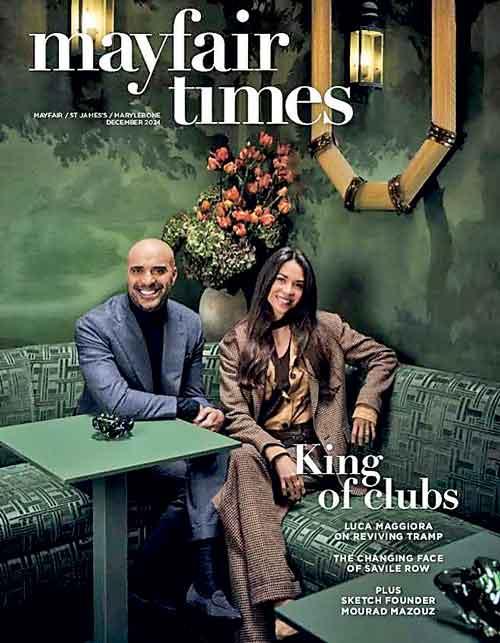
Q: What is your editorial vision, and how do you keep the magazine relevant in such a fast-changing media landscape?
A magazine is always, to some extent, a reflection of its editor, and I’m someone who’s endlessly curious about people. I’ve had the privilege of interviewing everyone from celebrated chefs and fashion designers to emerging artists and dynamic entrepreneurs. That said, the audience always comes first. Mayfair is a microcosm of global trends, whether it’s fashion, finance, art or culture. We make sure our content reflects that. Relevance comes from being rooted in the community. Our team is based in Mayfair; our journalists are constantly out meeting people, attending openings, exhibitions, and engaging with the neighbourhood. That’s how we stay ahead. We’re in a unique position, a hyper-local magazine with an international audience, based in one of the most affluent and influential areas in the world. That keeps us on our toes.
Q: How do you balance the commercial pressures of publishing with journalistic integrity?
That’s the eternal question, isn’t it? At the end of the day, we are a business, advertising and sponsorships are essential to our survival. But I’ve always believed that great editorial drives good advertising. If you create a publication that people genuinely want to read, then brands will naturally want to be associated with it. That doesn’t mean advertisers are guaranteed coverage. We’re very clear about that. Of course, we want to support our commercial partners, but there always has to be a story, a reason, a relevance. Integrity is everything.
Q: What do you look for when selecting stories or features for each issue?
We’re always looking for stories that are timely, interesting, and relevant to our readership, which spans Mayfair, St James’s, and Marylebone. It’s a diverse area, and our content reflects that diversity. We cover everything from fashion and finance to art and gastronomy. We also love getting under the skin of a story. We’re less interested in generic luxury and more focused on the people and ideas behind the brands. That depth sets us apart from other lifestyle magazines that can feel a bit surface-level.
Q: How has digital media transformed luxury and lifestyle journalism, in your view?
It’s a double-edged sword. On one hand, digital has made it easier than ever to share content and reach a global audience. But it has also, sadly, eroded attention spans. The appetite for long-form, investigative journalism has diminished. People want bite-sized stories, quick takeaways. That’s why a well-crafted magazine still matters. It offers a curated, tactile experience, one you can engage with meaningfully. There’s still a huge appetite for that, especially among our readers.
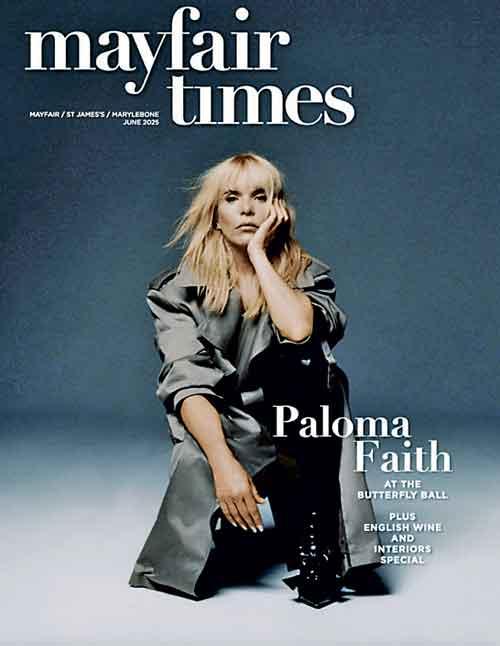
Q: What advice would you give to aspiring journalists and editors?
If you’re in it for the money, maybe think again! But if you’re looking for a creative, stimulating life where no two days are the same; then absolutely go for it. Journalism has given me access to people and experiences I could never have dreamed of. It’s a privilege to tell other people’s stories and, in doing so, shape conversations. But be prepared to work hard, adapt constantly, and stay curious. That’s what will keep you going.
Q: How do you stay ahead of trends in luxury, business, and culture?
By staying out there. You can’t predict or lead trends from behind a desk. I go to exhibitions, attend talks, read widely, and, most importantly, talk to people. So much of what we cover starts with a conversation over coffee or a chance encounter at an event. You absorb what’s happening, and then you connect the dots. And sometimes, it’s about trusting your gut and setting your own agenda instead of simply reacting to what others are doing.
Q: Who have been your biggest inspirations or mentors throughout your career?
My parents, without question. They were both writers and poets, so I grew up surrounded by books, ideas, and incredibly creative people. That environment instilled in me a love of language and storytelling. My husband, Adrian, has also been a huge source of support. He encouraged me to continue my career after having children and believed in me even when I didn’t. Professionally, one of my mentors was the late Terry Mansfield, he was a legend in the UK magazine industry and offered wisdom and encouragement at pivotal moments.
Q: If you hadn’t gone into publishing, what other career might you have pursued?
Well, I grew up in a family where immigrant values meant there were only four real career choices: doctor, lawyer, engineer or architect! But none of those appealed to me. I was always drawn to journalism. Even now, after years of being an editor, I still love writing and interviewing, it’s the part of the job that truly lights me up.
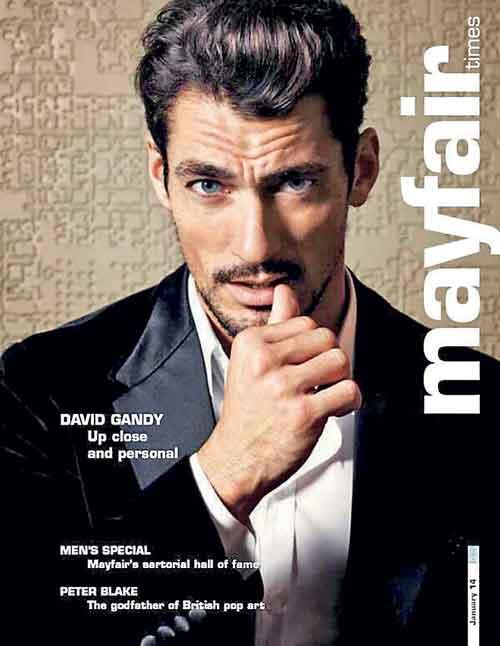
Q: How do you define success, and do you feel you’ve achieved it?
Success, to me, isn’t about money. If it were, I wouldn’t have gone into publishing! It’s about doing work that you love and find meaningful. I feel incredibly lucky to do a job that stimulates me and allows me to meet interesting people and tell their stories. We’ve built a successful business through hard work, resilience, and creativity.
We’ve weathered some real storms and come out stronger. But like raising children, you’re never really “done.” There’s always more to build, more to improve.
Q: How do you manage the pressures of running a publication while maintaining a personal life?
Truthfully, the job and life are so intertwined that it’s hard to separate them. There were definitely moments when the kids rolled their eyes because dinner conversation turned into a production meeting! But I think they’ve benefited from it too. They’ve met incredible people, been exposed to fascinating ideas, and had experiences most wouldn’t. It’s not about work-life balance so much as work-life integration.
London’s luxury is rooted in history, heritage, and craftsmanship. You can buy an Hermès handbag anywhere in the world, but there’s only one Savile Row
Q: How has Mayfair, as a location, influenced your editorial choices?
Profoundly. We’re very much a local magazine for Mayfair, St James’s, and Marylebone, but our readership is international. That duality keeps things interesting. We focus on hyper-local content, what’s happening on Mount Street, who’s opening a new gallery on Dover Street, but we also cover global topics relevant to our readers, many of whom also have homes in places like Dubai or Monaco. We’ve even launched special editions like Mayfair Meets Monaco and Mayfair Meets Dubai to reflect those connections.
Q: What do you think sets London’s luxury scene apart from other cities?
London’s luxury is rooted in history, heritage, and craftsmanship. You can buy an Hermès handbag anywhere in the world, but there’s only one Savile Row. The architecture on Mount Street is breathtaking. Burlington Arcade is unlike anywhere else. There’s a richness here, a blend of tradition and innovation, that you don’t find in many cities.
Q: Could you share a few of your favourite places or experiences in Mayfair?
Oh, so many! I love Shepherd Market, it’s like a village within a village, with its quirky shops and tucked-away restaurants. Mount Street is another favourite. I adore the Tadao Ando fountain outside The Connaught and often take a moment in Mount Street Gardens when I need a breather. For books, Hayward Hill on Curzon Street is a gem, and the London Library in St James’s is one of the city’s best-kept secrets. As for restaurants: Scott’s, Gymkhana, Sabor, Bentley’s, The Arts Club, Maison François, and for a special occasion, you can’t beat The Ritz Restaurant. Claridge’s, Flemings Mayfair, Browns and The Connaught are my favourite hotels.
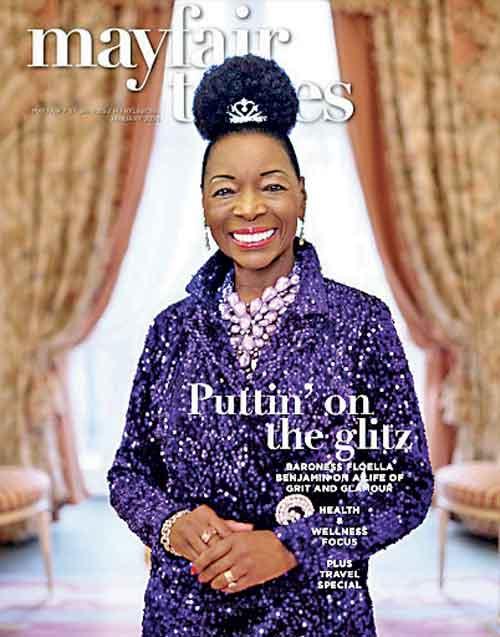
Q: What’s next for you and Mayfair Times?
We never sit still. We’re expanding digitally, planning more community-focused events, and looking to grow our international editions. There’s a lot of opportunity on the horizon, and we’re ready for it.
Q: Finally, what legacy do you hope to leave through your work?
I hope people remember Mayfair Times not just as a glossy magazine, but as a publication that fostered community, celebrated the people and places that make Mayfair special, and gave something back. I’m proud of the fact that we’ve been a force for good, whether that’s supporting charities, spotlighting underrepresented voices, or creating platforms for discussion and debate. And if I’ve managed to inspire even one young journalist to tell meaningful stories, then that’s legacy enough for me.


